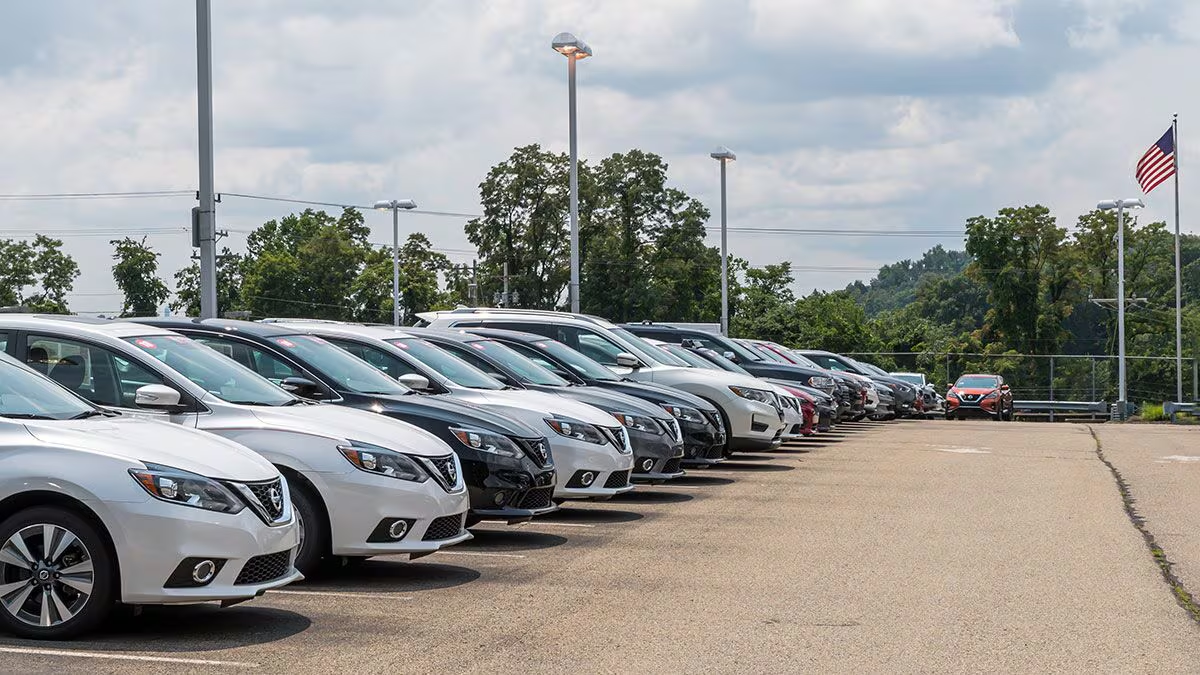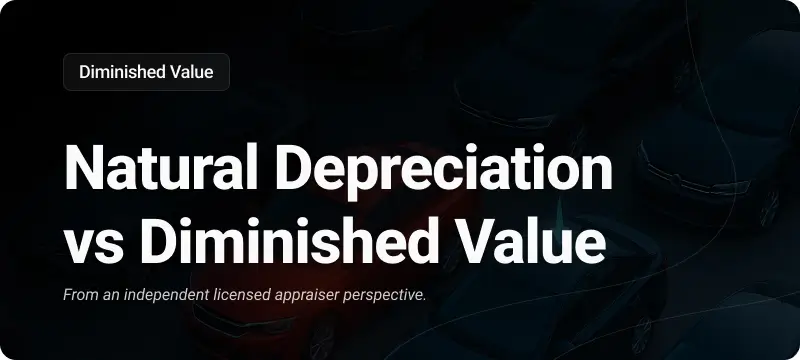The Evaporation of Zero Percent Financing: What’s Behind the Decline and Its Impact on Auto Shoppers

In the wake of the COVID-19 pandemic, the automotive industry experienced unprecedented turbulence. As dealers and automakers scrambled to navigate this uncertain landscape, they turned to a familiar incentive to entice buyers: zero percent financing. However, while these 0% deals became more common during the early days of the pandemic, they have all but disappeared in recent quarters.
In the third quarter of 2023, the share of all loans financed at 0% hit a new low, plummeting to just 1.1%, a stark contrast to the peak observed in the second quarter of 2020, where it soared to 24.2%. Before the pandemic, the average quarterly rate of 0% financing was 7.1%. This dramatic shift signals a significant transformation in the auto financing landscape.
| Share of dealer financing at zero percent | ||||
| Q1 | Q2 | Q3 | Q4 | |
| 2020 | 5.7% | 24.2% | 14.1% | 9% |
| 2021 | 11.6% | 8.4% | 5.8% | 7.1% |
| 2022 | 3.9% | 2.2% | 2.5% | 1.4% |
| 2023 | 2.9% | 2.7% | 1.1% | – |
Why Zero Percent Financing Is Fading in the Auto Industry (PDF)
The Rise and Fall of Zero Percent Financing
The spike in zero percent financing during the pandemic was driven by a confluence of factors. Automakers were motivated to clear their inventories, amid fears of an impending recession and reduced consumer demand.
As a result, they flooded the market with enticing financing offers, leveraging zero percent interest to attract buyers. However, as the pandemic subsided, the dynamics in the auto industry shifted.
One key factor behind the decline of zero-percent financing is the increase in the cost of borrowing money. In 2023, the Federal Reserve raised interest rates to the highest levels seen in 16 years. This monetary policy change significantly impacted the cost of borrowing for automakers and finance companies, making it less economically viable to offer zero percent financing.
Who Pays the Price?
As zero percent financing wanes, consumers are left grappling with the consequences. The absence of such offers comes at a time when many would greatly appreciate them, especially as rising interest rates put additional strain on vehicle owners’ finances.
Dr. Ivan Drury, Senior Manager of Insights at Edmunds, noted that the current offerings have strict eligibility requirements and short terms, which can lead to steep monthly payments. The average term length for 0% financing across the three quarters in 2023 was just 42.8 months, causing financial pressure for buyers.
The Impact on Vehicle Categories
Notably, zero percent financing has also dwindled in vehicle categories that traditionally featured a larger share of these deals. Large SUVs and pickups, which once had a 15% share of all financing at 0% in September 2022, now see only 1% and 5% respectively for large SUVs and pickups in September 2023.
The disappearance of these incentives has made newer vehicles significantly more expensive for consumers, creating a noticeable gap between the value and cost of vehicles.
Dealers’ Perspectives
While many consumers are feeling the pinch, dealers’ outlooks on the impact of zero percent financing’s decline vary. Some believe it won’t significantly affect auto sales, as most buyers can’t afford to wait for these deals to reappear. Chris Scott, the new-car sales manager at Kokomo Auto World in Indiana, noted that while 0% financing is a way to attract business, it likely won’t deter people from buying a car when they need one.
However, for those who had the opportunity to secure vehicles through 0% deals during the pandemic’s peak, the difference in what they are now paying compared to what they received is striking. The disappearance of these incentives has led to more considerable monthly payments and increased costs over the life of the loan, which some buyers find challenging.
In conclusion, zero percent financing, once a prominent incentive in the auto industry, is now a rare commodity. The decline in these offers can be attributed to factors such as rising interest rates and shifting economic dynamics. While dealers have varying opinions on the impact of this decline, consumers are left grappling with higher costs and fewer affordable options. As the automotive industry continues to adapt to the changing landscape, car buyers may need to explore alternative financing options to secure their next vehicle.



